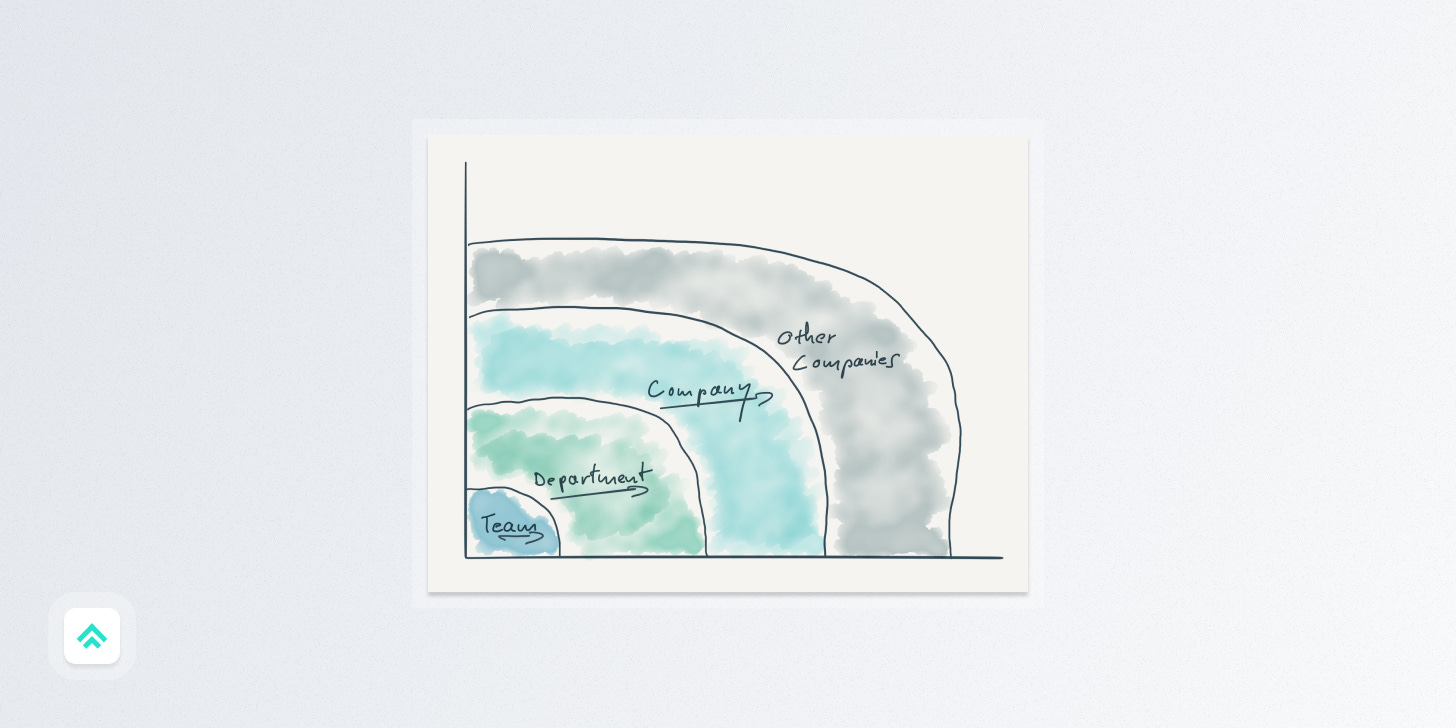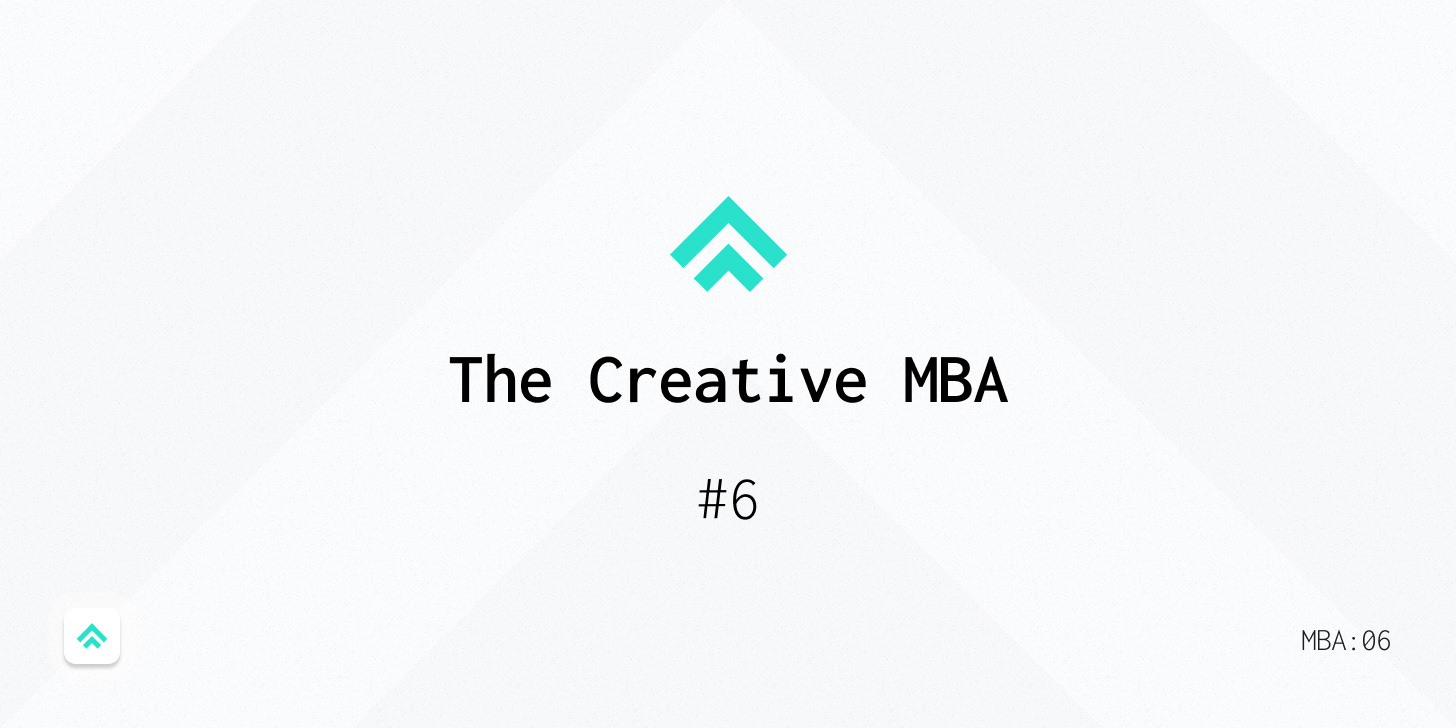The Creative MBA #6
The Ring of Gyges, Rams principle 1, the box model, land & expand, and “covering” your favorite work
“For all men believe in their hearts that injustice is far more profitable to the individual than justice. . . ”
Intro
Hello everyone! Welcome back to a rebranded digest, now known as “The Creative MBA”. After reflecting on my content formats last week I realized I was complicating things by writing two separate digests. Going forward, I’ll continue to touch on all the same topics but they’ll resurface in slightly different ways. Also to simplify the delivery cadence, you’ll now receive this digest every week on Thursdays alongside its big brother blog posts on Mondays.
Live long and design better,
Pat
Social & Behavioral Science
The Ring of Gyges
The Ring of Gyges is a story from Plato's "Republic" in which the character Glaucon tells a story about a shepherd named Gyges who discovers a ring that makes him invisible. With this newfound power, Gyges is able to seduce the queen, kill the king, and seize control of the kingdom without fear of being caught or punished.
It's an apt parable for considering the anonymity of online life because it argues that if given the opportunity to act immorally without consequence, most people would do so. Plato makes the case that the only thing that keeps people from acting on their base desires is the fear of punishment and the social consequences that come with breaking the rules. He suggests that the true test of a person's character is how they behave when they’re not being watched or held accountable for their actions.
PS. The ring from the Lord of the Rings likely took inspiration from this 🧙♂️
Insight
Anonymity incentivizes certain types of behavior (mostly bad)
How might we create anonymous experiences that mitigate our base instincts?
How might we safely reduce online anonymity in ways to better align behavior with life face-to-face?
Links
Design Principles
Dieter Rams Principle #1
Good design is innovative
The possibilities for innovation are not, by any means, exhausted. Technological development is always offering new opportunities for innovative design. But innovative design always develops in tandem with innovative technology, and can never be an end in itself.
This principle may feel like a bit of a “no, duh” kind of statement. Like, of course, innovation is important. So why even bother mentioning it?
To me, the critical pieces here are twofold.
First: “innovative design always develops in tandem with innovative technology”.
Neither design nor technology always comes first; they move forward together in unison. New technology can inspire better design and ambitious design can inspire better technology. But if either side of that equation fails to resolve, then the work tends to fall short.
Second: innovative design “can never be an end in itself”.
Design does not exist in a vacuum. It exists to serve some purpose other than its mere existence. This is the major differentiator between how I think about art and design: while design is not an end in itself, art is. The lines get blurry quickly when I think about which mode I’m currently in, but to me, that core shift in intention is the difference.
Links
Business

Land & Expand
Land & Expand is a common sales strategy for software as a service (SaaS).
The premise is that you put the upfront focus on simply “landing” a customer, often with a smaller deal where it’s easier to get them to sign on the dotted line.
Then, once you’ve gotten that new customer in the door, you have a period of time (often a year) in which you can nurture the relationship, continue to add more value, and eventually get them to “expand” their contract with you at the time of renewal.
So, basically:
Get the customer in the door
Build the relationship over time
Drive their product adoption to the point where they want to and/or need to expand their contract with you at the time of renewal
Profit!
SaaS is a very sticky product once you get someone to invest a bunch of time into configuring it perfectly to their needs. This is doubly true of enterprise SaaS, where replacing incumbent software can be a herculean effort. This makes land & expand a powerful growth mechanic for many software businesses.
Side note: I’ve also co-opted this term to describe a strategy for establishing design systems within software products.
Links
Technology
The Box Model
The box model is one of the most foundational concepts you need to understand to effectively build web interfaces.
As the Mozilla docs put it:
Everything in CSS has a box around it, and understanding these boxes is key to being able to create more complex layouts
The core structure is nicely summed up and visualized by web inspector tools:
From inner to outer, it goes: Content → Padding → Border → Margin → Box Shadow.
Anyone who is designing or building UI for the web should get very familiar with the box model. For designers, it will increase the odds you design something that’s feasible to build. For developers, it will help you create layouts that are more flexible and less likely to make you regret your decisions in the future 🤣.
Links
Craft
“Cover” your favorite work
Musicians learn by playing other musicians’ music.
This is normal, accepted, and enjoyable for the artist and it’s a powerful way to learn the craft. It narrows your focus so that you only have to learn to play the music first, not also write it.
In my experience, designers tend to get too hung up on the pursuit of originality; the idea that they need to create something fully “new”.
But here’s the thing, a cover version of a song is also “new”. It’s the covering artist’s interpretation that renders it new. Sometimes a cover version even taps into something so unique and powerful that it becomes the canonical version in the public eye (like Jeff Buckley’s Hallelujah, for instance)!
You can learn design in a similar way.
Find designs that you like and make “cover” versions.
You can start by following exactly what’s already been “written” (aka reverse engineering exists) and then diverge only once you feel comfortable adding your own riff into the mix.
Of course, just as in music if you release a “cover” version you should credit the original creator (and, depending on the situation, compensate them). But other than that, run free!
Find the fun! Cover your favorites! You’ll learn a ton in the process.
PS. What are your favorite cover songs? Let me know in the comments!
PPS. I know the Chance the Rapper performance above isn’t exactly a formal “cover”, but I just thought it was so joyful I had to share!
If you got a little value from this post, consider subscribing, sharing, or following me on Twitter. If you got a lot of value, consider pledging to support my work with a paid subscription in the future. Either way, I appreciate you!






